Firstly, most of the people who lead and manage organisations got there from the operational ranks. They were promoted from one level to the next because of their operational skills. They were good managers and made good operational decisions. They were able to “make the numbers”. They did not, however, spend much time thinking about, or charting, the direction of the company. As a result, they have not acquired the skill of setting direction and being the organisation’s strategic thinker. That skill takes time to develop.
Secondly, the need for management to think strategically does not arise all of the time. It tends to surface only at “strategic retreats” or when a new “strategic thrust” is being pursued, for example, when deliberating entry into market(s) that represent unfamiliar terrain. Often, the rules of the game are different requiring management to shake itself out of its operational thinking boots. However, if thinking strategically is not an on- going habit, one can hardly expect management to be proficient.
Christopher Columbus School of Management
Let’s then return our attention to “Quadrant B” where 70% to 80% of organisations reside. These companies can be referred to as being part of the Christopher Columbus School of Management, the explorer who:
- When he left, he didn’t know where he was going
- When he got there, he didn’t know where he was
- When he got back, he couldn’t tell where he had been!
But he got there and back three times in seven years! Columbus was operationally competent but a very poor strategist!
To avoid being like Columbus a robust strategic thinking process is required. The process should guide and promote the type of thinking necessary as management attempts to determine what an organisation should “look” like in the future. Operational planning systems, on the other hand, can be used to later to help determine how to get there.
Strategic thinking is a fresh approach to the subject of strategy. It identifies the key factors that dictate the direction of an organisation, and it is a process that the organisation’s management uses to set direction and articulate their vision. For strategic thinking to be successful, it is necessary to obtain commitment of the organisation’s key executives and the commitment of others who will called upon the implement that vision. Naturally, the vision is greatly shaped by the CEO.
It is a process that extracts from the minds of people who run the business their best thinking about what is happening in the business, what is happening outside in the environment, and what should be the position of the business in view of those highly qualitative variables (opinions, judgments, and even feelings) – not the quantitative ones. Strategic thinking produces a vision, a profile, of what an organisation wants to become, which then helps management make vital choices. It enables management to put the corporation in a position of survival and prosperity within a changing environment.
 Although the concepts of vision and strategy are frequently used, few executives understand the relationship between them and this can prove a real obstacle in developing a game-changing strategy. Let us attempt to demystify these two separate but complementary concepts.
Although the concepts of vision and strategy are frequently used, few executives understand the relationship between them and this can prove a real obstacle in developing a game-changing strategy. Let us attempt to demystify these two separate but complementary concepts.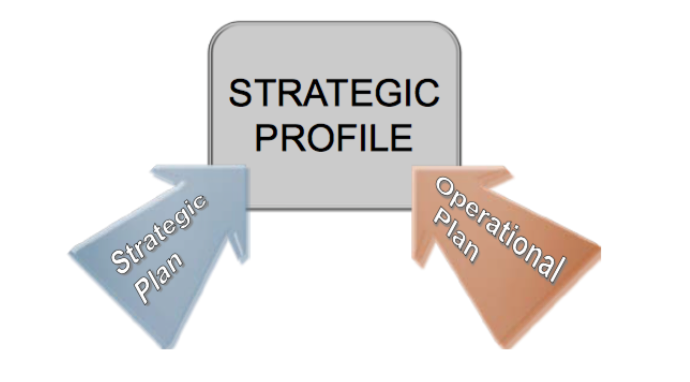
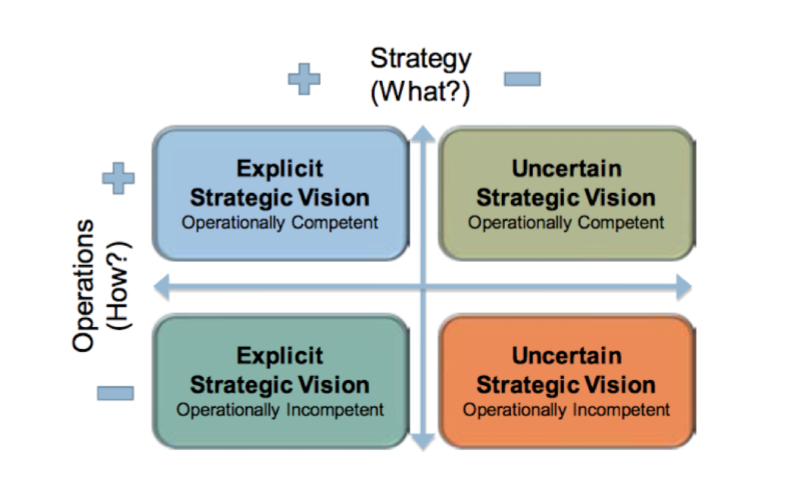
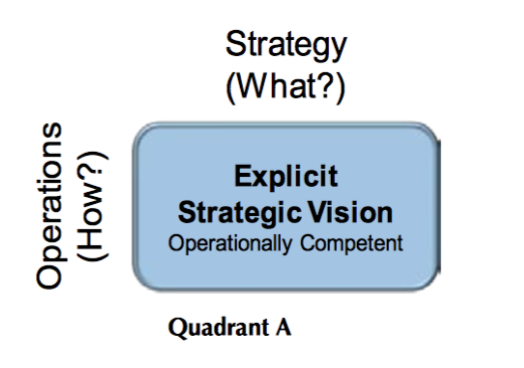
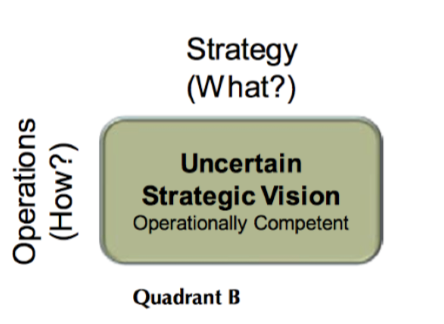
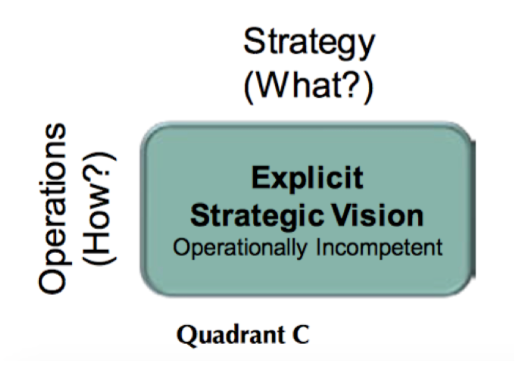
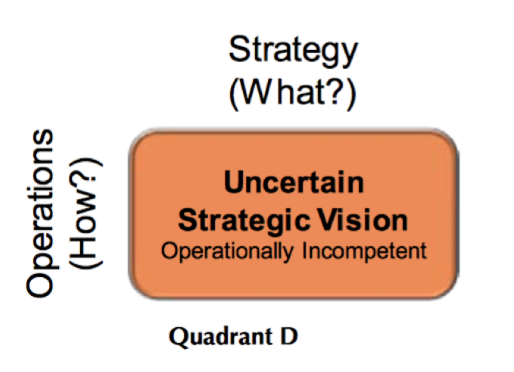
 One major obstacle leaders encounter when trying to develop a game changing strategy is that the leadership team cannot agree on what strategy actually is. Each executive has his or her own view or definition. This is not surprising. Even the strategy gurus that confused leaders turn to when seeking an answer cannot always agree!
One major obstacle leaders encounter when trying to develop a game changing strategy is that the leadership team cannot agree on what strategy actually is. Each executive has his or her own view or definition. This is not surprising. Even the strategy gurus that confused leaders turn to when seeking an answer cannot always agree!
 Since new-to-the-market products are the essence of strategic supremacy, why are companies spending their time, money and energy on product extensions at the expense of new-to-the-market products?
Since new-to-the-market products are the essence of strategic supremacy, why are companies spending their time, money and energy on product extensions at the expense of new-to-the-market products? Many books have been written on leadership, but few have been able to describe the skills of leadership in any detail except to attribute it to a “trait of personality”. Our view is that there are some fundamental skills of transformative leadership that can be articulated, learned and perfected by almost anyone in any organisation. Leadership consists of mastering three critical management skills that should be practiced consciously:
Many books have been written on leadership, but few have been able to describe the skills of leadership in any detail except to attribute it to a “trait of personality”. Our view is that there are some fundamental skills of transformative leadership that can be articulated, learned and perfected by almost anyone in any organisation. Leadership consists of mastering three critical management skills that should be practiced consciously: Amid all the changes facing leaders, there is one thing that will remain constant: formulating and executing strategies and plans that will ensure survival and generate future sustainable growth and wealth for their organisations. This has always been, and always will be, the primary and most important task of C-level leadership.
Amid all the changes facing leaders, there is one thing that will remain constant: formulating and executing strategies and plans that will ensure survival and generate future sustainable growth and wealth for their organisations. This has always been, and always will be, the primary and most important task of C-level leadership.